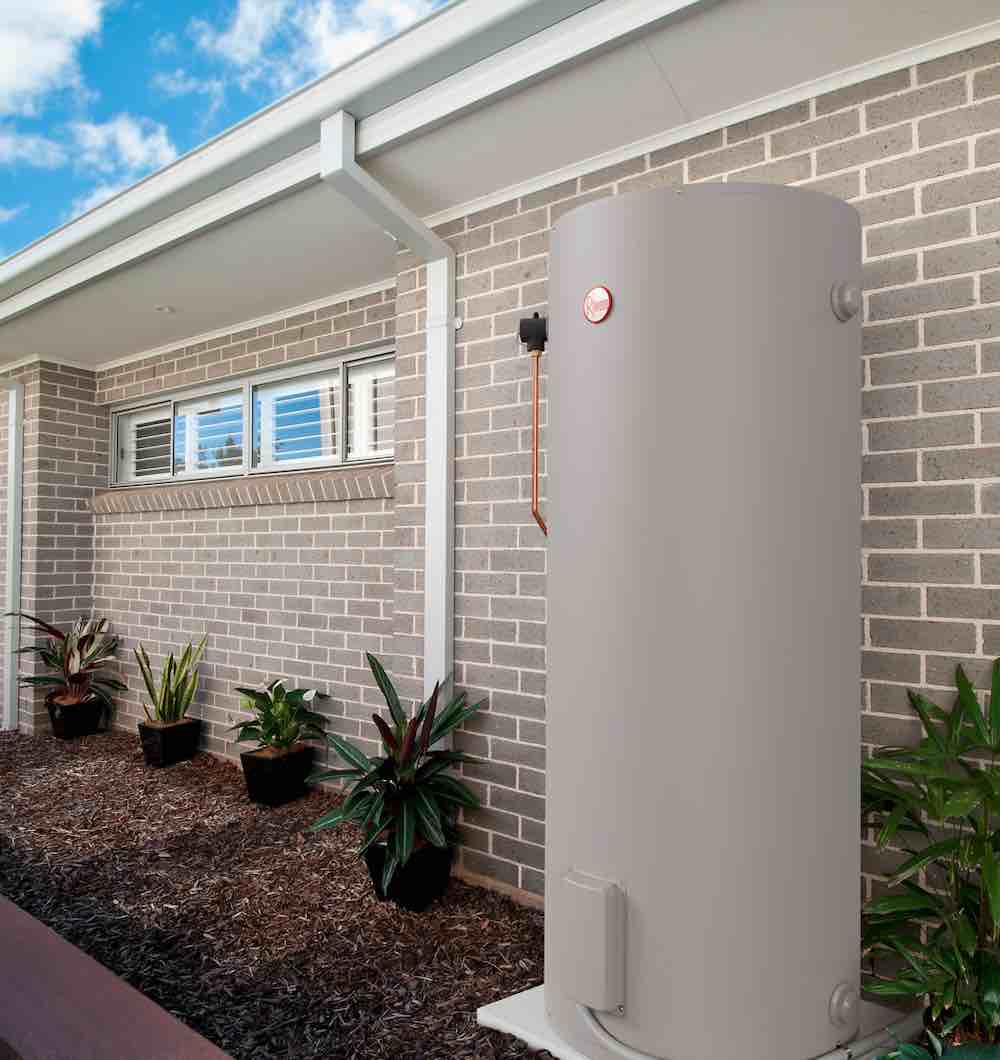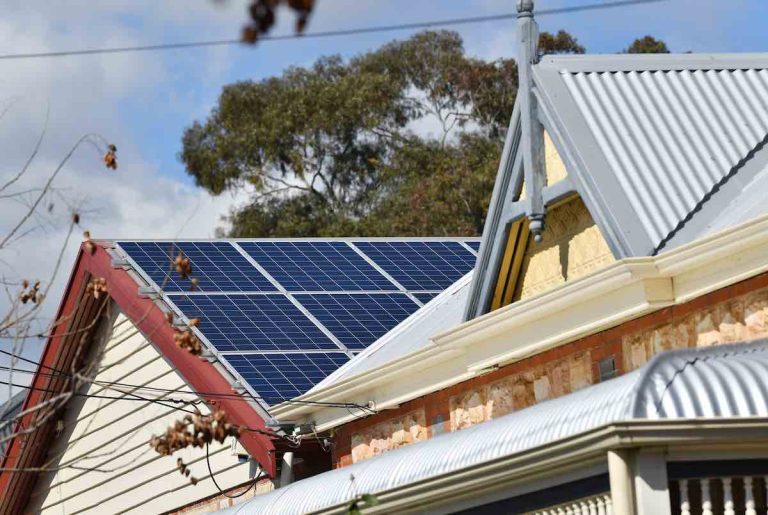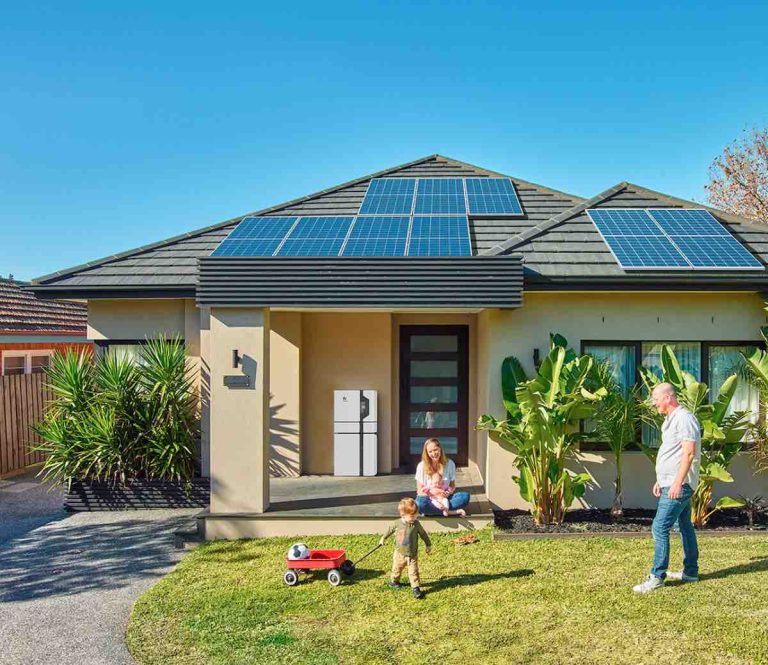Maximizing Solar Energy for Water Heating Efficiency
Did you know that your hot shower or bath consumes a significant amount of your household’s energy, ranking second only to air heating and cooling? In Australia, over half of households rely on electric water heaters with storage tanks, functioning as thermal batteries that store more energy than home batteries. Traditionally, these heaters operate during off-peak hours overnight to support coal power stations.
However, a more efficient option involves utilising solar power for heating water during the day. With over 40% of Australian houses equipped with solar panels, switching water heaters to daytime charging can harness excess solar energy, known as curtailment, to balance electricity supply and demand.
Transitioning from Coal to Solar Power
Electric water heaters have conventionally operated during off-peak hours, indicated as a “controlled load” item on electricity bills. Transitioning from night to day heating is not as simple as flipping a switch, often requiring rewiring.
The solution lies in smart meters, with almost all Victorian households and a majority of Tasmanian households already equipped. By 2030, it is projected that every Australian household will have a smart meter, enabling remote control of appliances like electric water heaters.
The Significance of Utilising Solar Power
Rooftop solar power currently meets 18% of Australia’s electricity demand, presenting a challenge in aligning supply with peak household demand. Excess solar power returned to the grid can strain the system, leading to grid instability. By shifting water heating to daytime, households can absorb surplus solar energy, mitigating grid overload.
In a real-world trial involving 18,000 South Australian households, smart meters were used to shift water heating from night to day, resulting in reduced emissions and cost savings for consumers. As solar power floods the grid, daytime electricity rates are decreasing, offering potential savings for households.
Future Implications and Benefits
With the success of the trial, there is potential to implement this method on a larger scale across Australia’s main grid, the National Electricity Market. By utilising smart meters, a significant amount of electricity use could be shifted from night to day, optimising the consumption of solar energy.
As more households transition to electric heating systems and renewables become more prevalent, heating water during the day will become increasingly advantageous. The integration of heat pumps, which are more energy-efficient, may also be feasible with smart meter control, albeit requiring different strategies.
Overall, the shift towards utilising solar power for water heating presents a sustainable and cost-effective solution for households, aligning with the growing trend of renewable energy adoption.


27-768x529.jpg)



